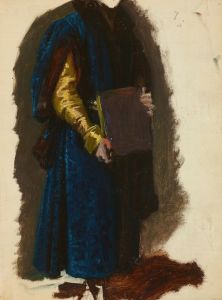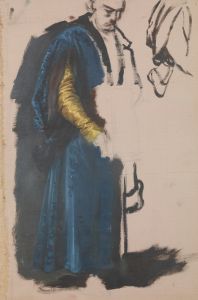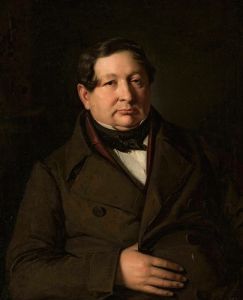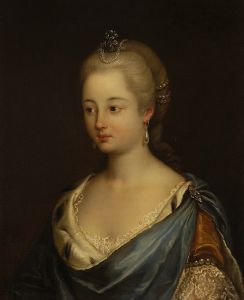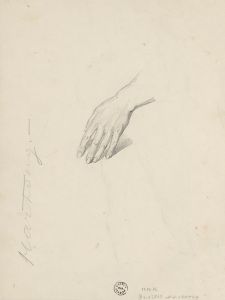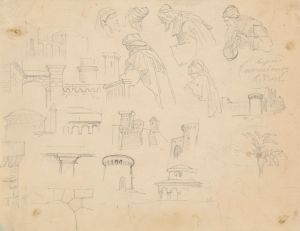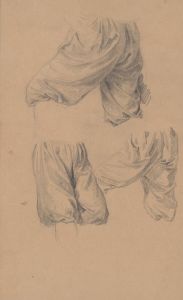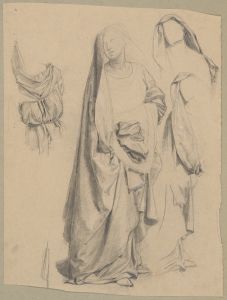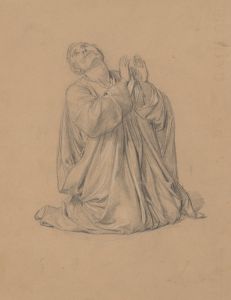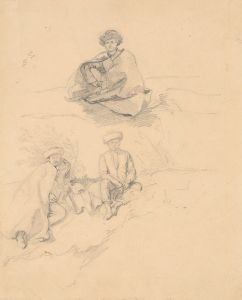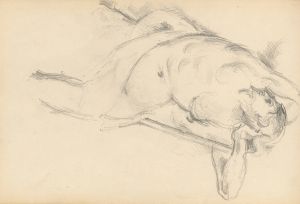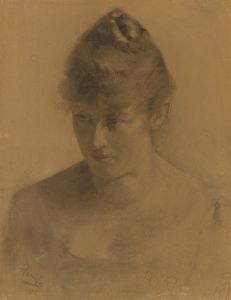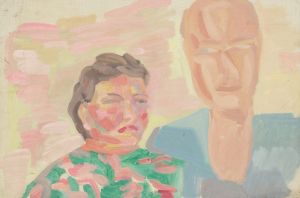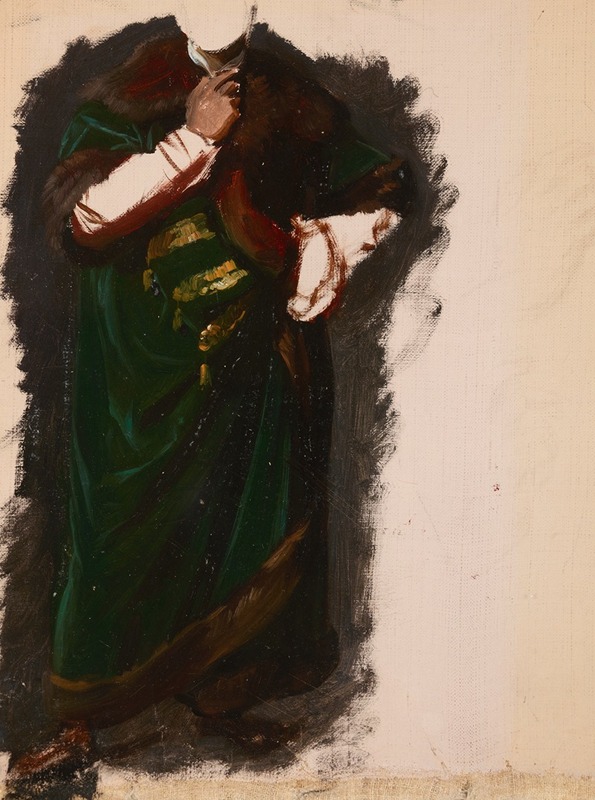
Study of Władysław Jagiełło’s Garment to the Painting ‘The Oath of Queen Jadwiga’
A hand-painted replica of Józef Simmler’s masterpiece Study of Władysław Jagiełło’s Garment to the Painting ‘The Oath of Queen Jadwiga’, meticulously crafted by professional artists to capture the true essence of the original. Each piece is created with museum-quality canvas and rare mineral pigments, carefully painted by experienced artists with delicate brushstrokes and rich, layered colors to perfectly recreate the texture of the original artwork. Unlike machine-printed reproductions, this hand-painted version brings the painting to life, infused with the artist’s emotions and skill in every stroke. Whether for personal collection or home decoration, it instantly elevates the artistic atmosphere of any space.
Józef Simmler was a notable Polish painter of the 19th century, recognized for his historical and genre paintings. One of his works, "Study of Władysław Jagiełło’s Garment to the Painting ‘The Oath of Queen Jadwiga’," is a preparatory study related to his larger and more famous painting, "The Oath of Queen Jadwiga." This study focuses on the depiction of the garment worn by Władysław Jagiełło, a significant historical figure in Polish history.
Władysław Jagiełło was the Grand Duke of Lithuania and later became the King of Poland, reigning from 1386 to 1434. His marriage to Queen Jadwiga of Poland in 1386 marked the beginning of the long-lasting Polish-Lithuanian union. This union was a pivotal moment in the history of both nations, leading to significant political, cultural, and social changes.
Simmler’s interest in this historical period is evident in his detailed studies and paintings. The study of Jagiełło’s garment reflects Simmler’s dedication to historical accuracy and his attention to detail. By focusing on the clothing, Simmler aimed to capture the essence of the era and the status of Jagiełło as a ruler. The garments of the time were not only functional but also symbolic, often reflecting the wearer's status, wealth, and political power.
In the 19th century, there was a resurgence of interest in Poland’s medieval history, partly as a response to the partitions of Poland and the loss of national sovereignty. Artists like Simmler played a crucial role in this cultural revival by creating works that celebrated Poland’s historical figures and events. Through his art, Simmler contributed to the preservation and promotion of Polish heritage and identity.
The study itself likely includes detailed sketches or paintings of fabrics, textures, and designs that would have been typical of the late 14th century. Such studies were common practice for artists of the time, allowing them to experiment with composition, color, and form before committing to the final work. These preparatory works are valuable for understanding the artist’s process and the historical context of the main painting.
Simmler’s "The Oath of Queen Jadwiga" is a significant work in Polish art history, depicting the moment when Queen Jadwiga took an oath to marry Jagiełło, thus securing the alliance between Poland and Lithuania. The painting captures the solemnity and importance of the event, with careful attention to the historical details of the setting and the attire of the figures involved.
In summary, "Study of Władysław Jagiełło’s Garment to the Painting ‘The Oath of Queen Jadwiga’" by Józef Simmler is an important preparatory work that highlights the artist’s commitment to historical accuracy and his role in the cultural revival of 19th-century Poland. Through his detailed studies and paintings, Simmler not only depicted historical events but also contributed to the preservation of Polish national identity during a time of political upheaval.





